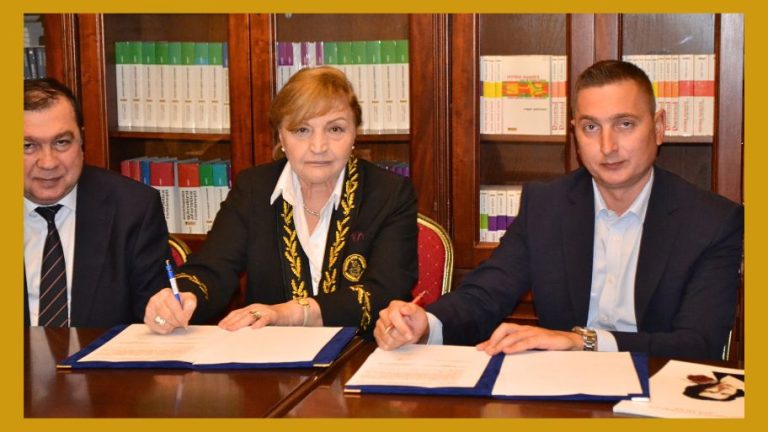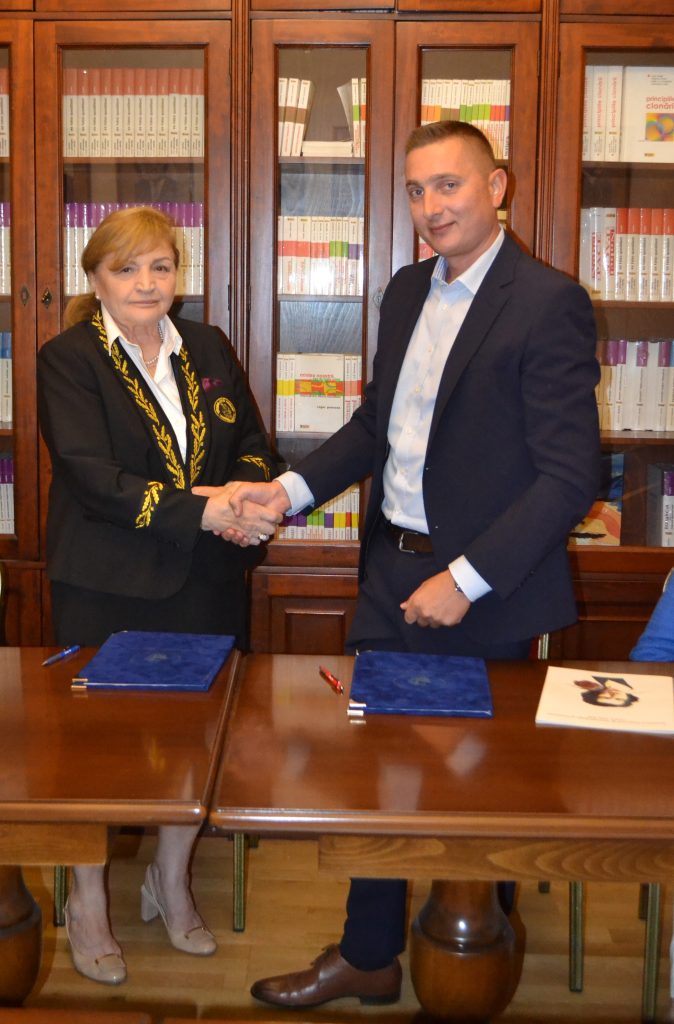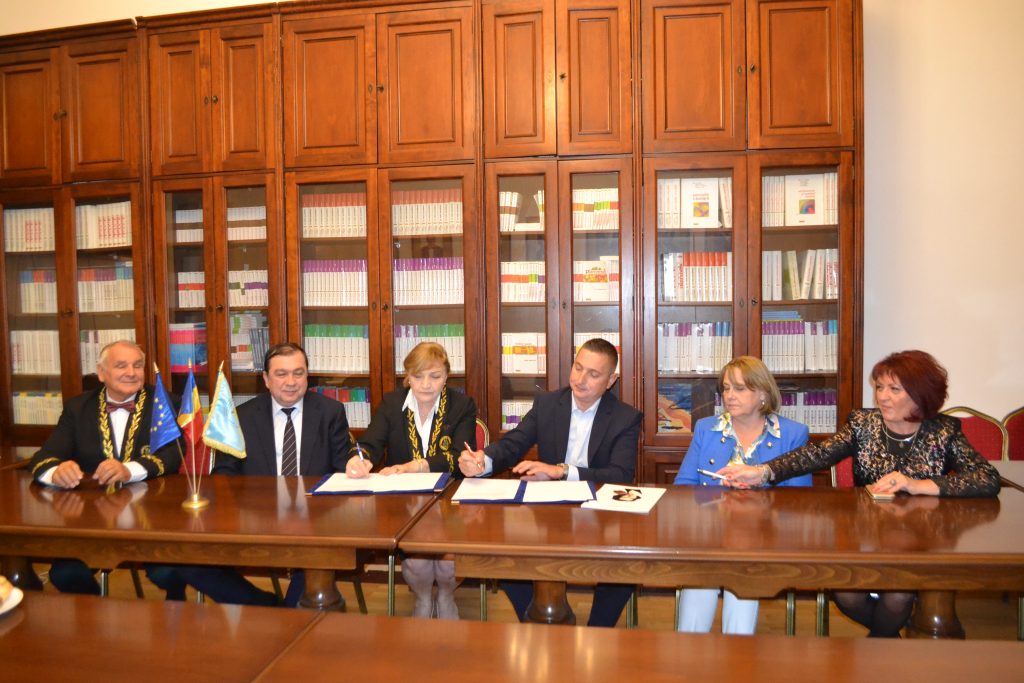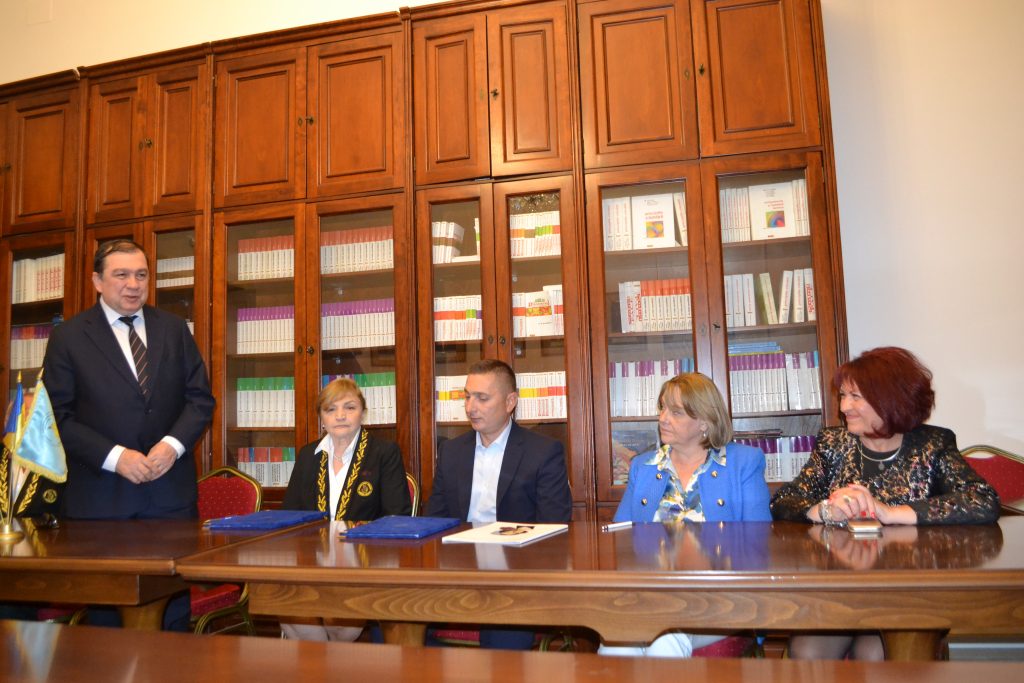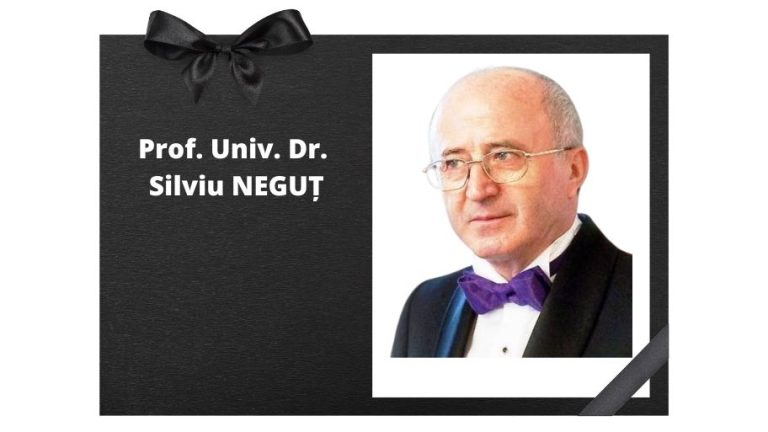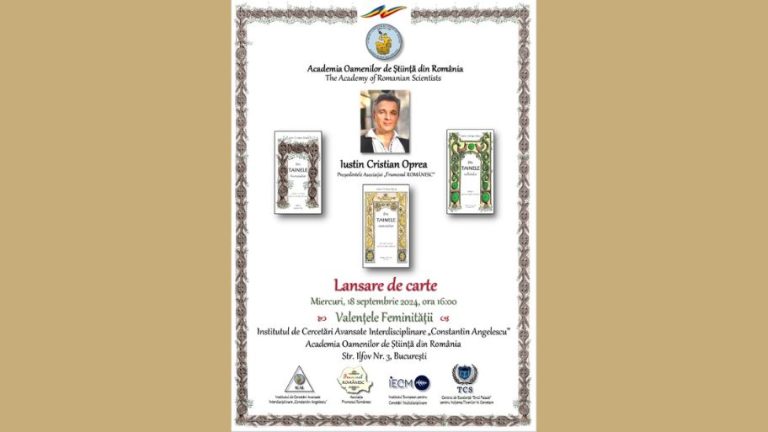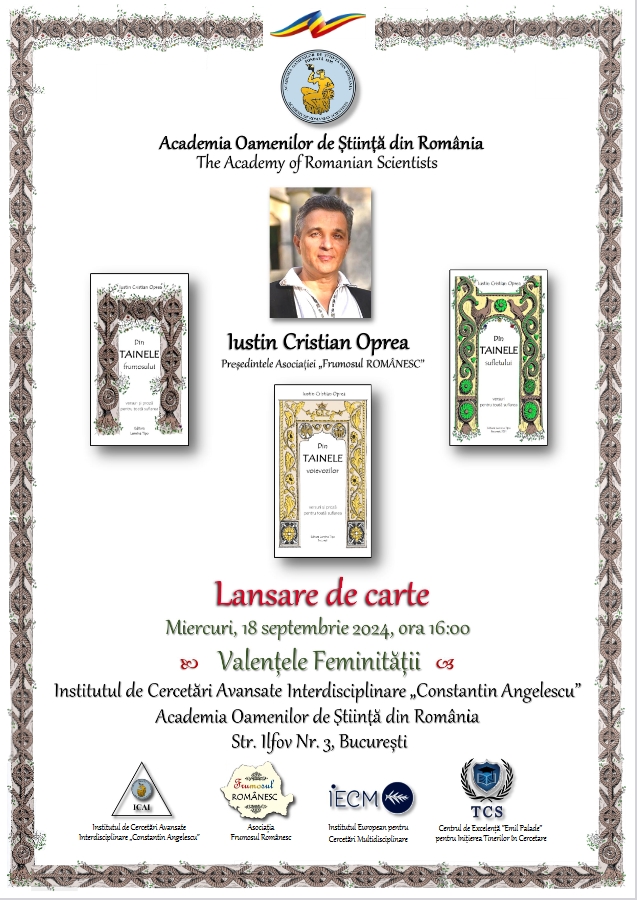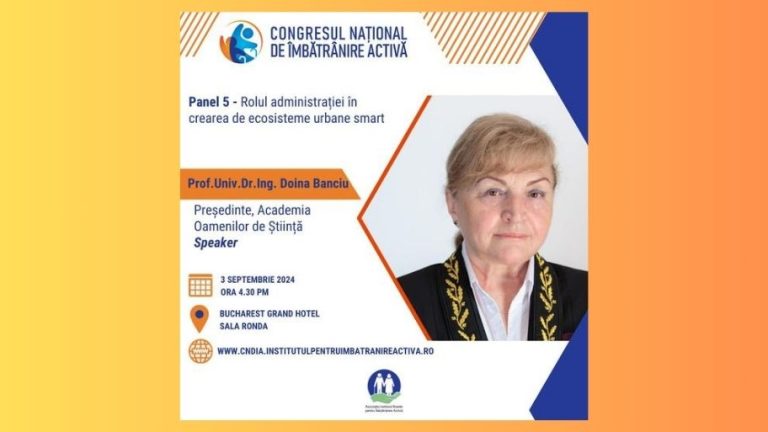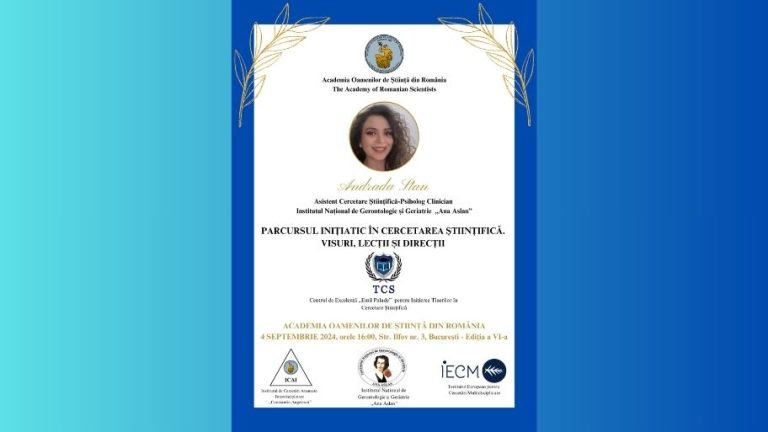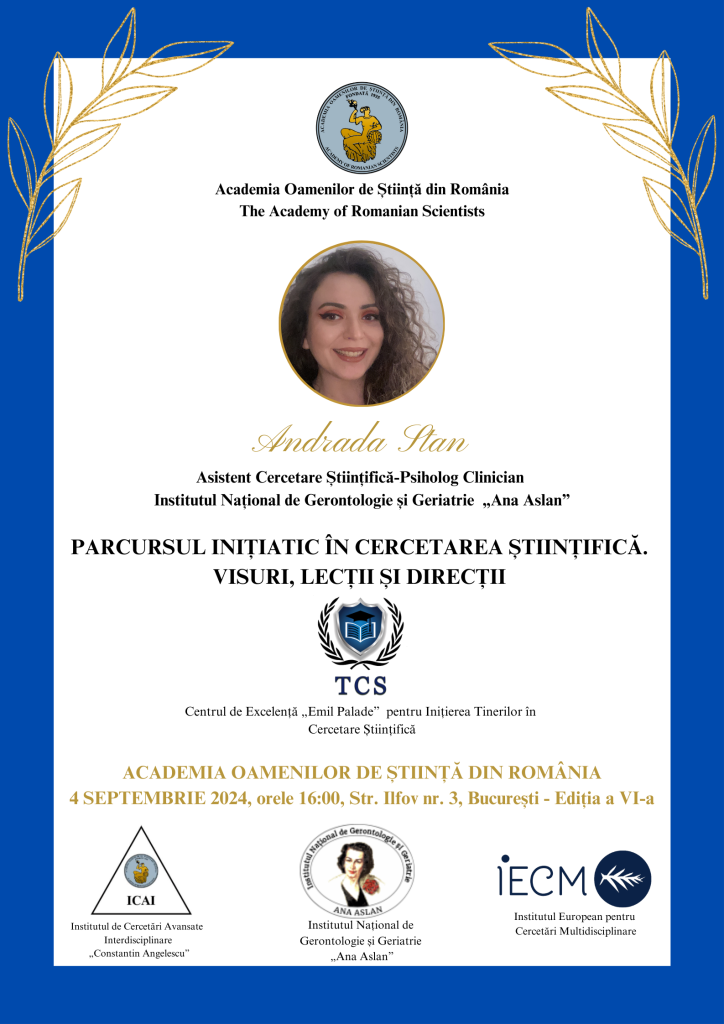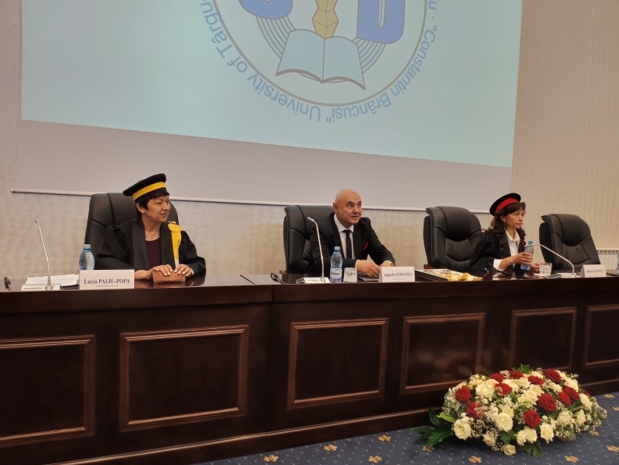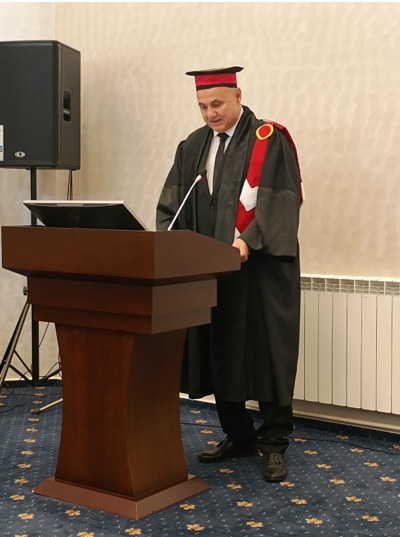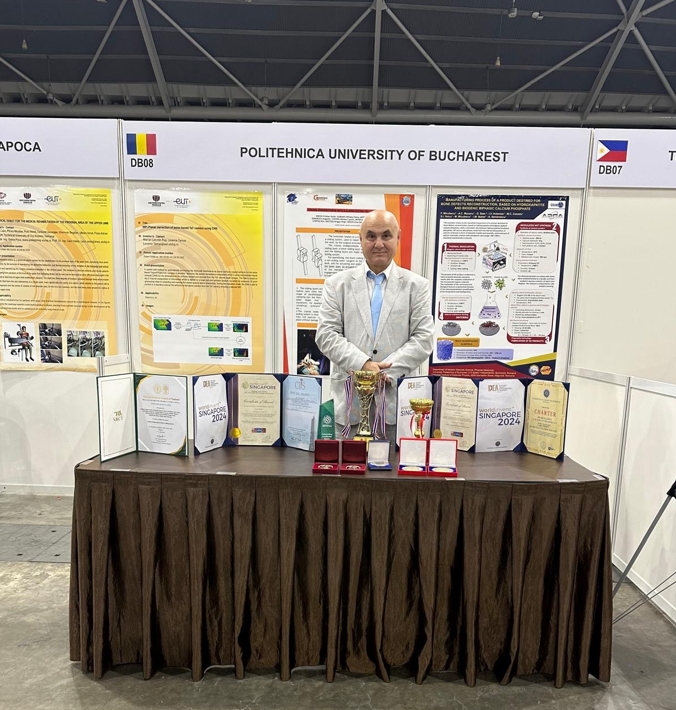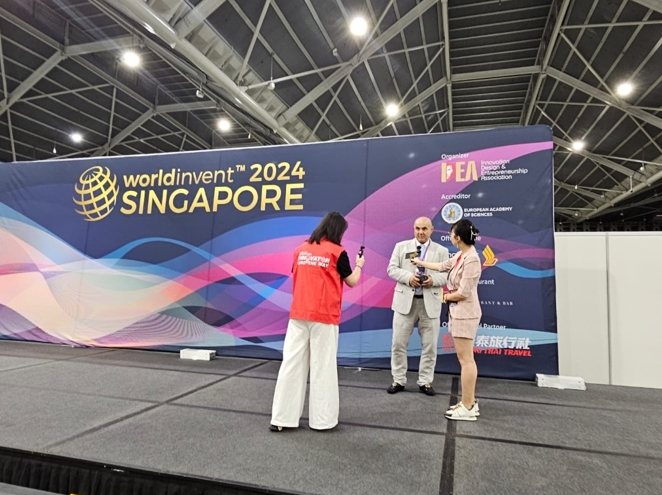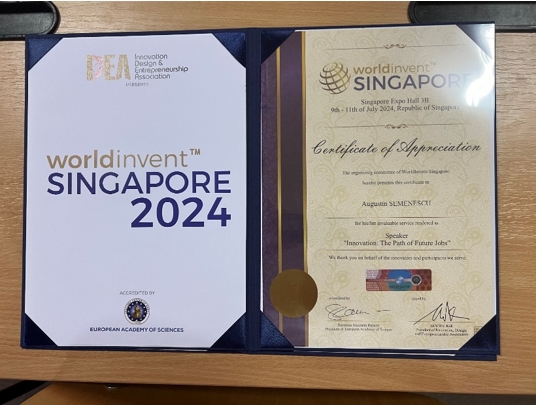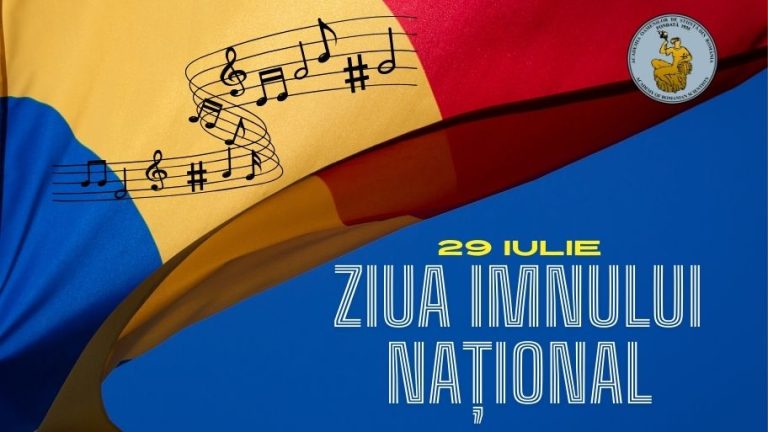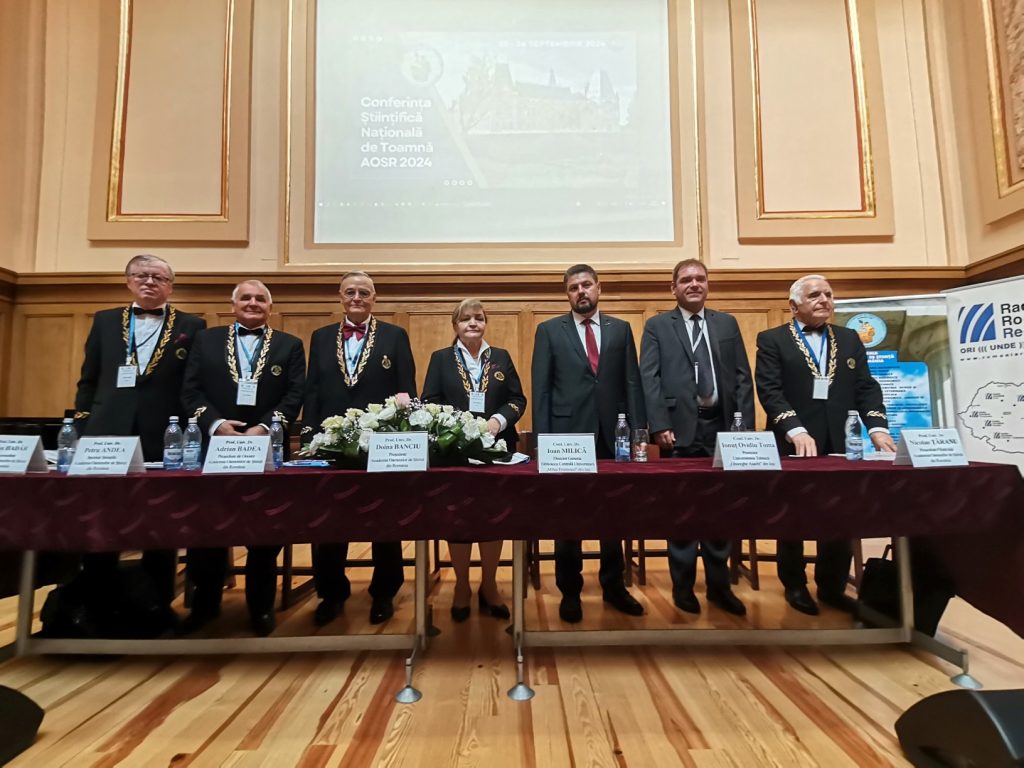
On September 23 – September 24, 2024, the National Scientific Autumn Conference of the Romanian Academy of Scientists (AOSR) was held in Iasi, with the theme “The Role of Artificial Intelligence in Romania’s Sustainable Development”.
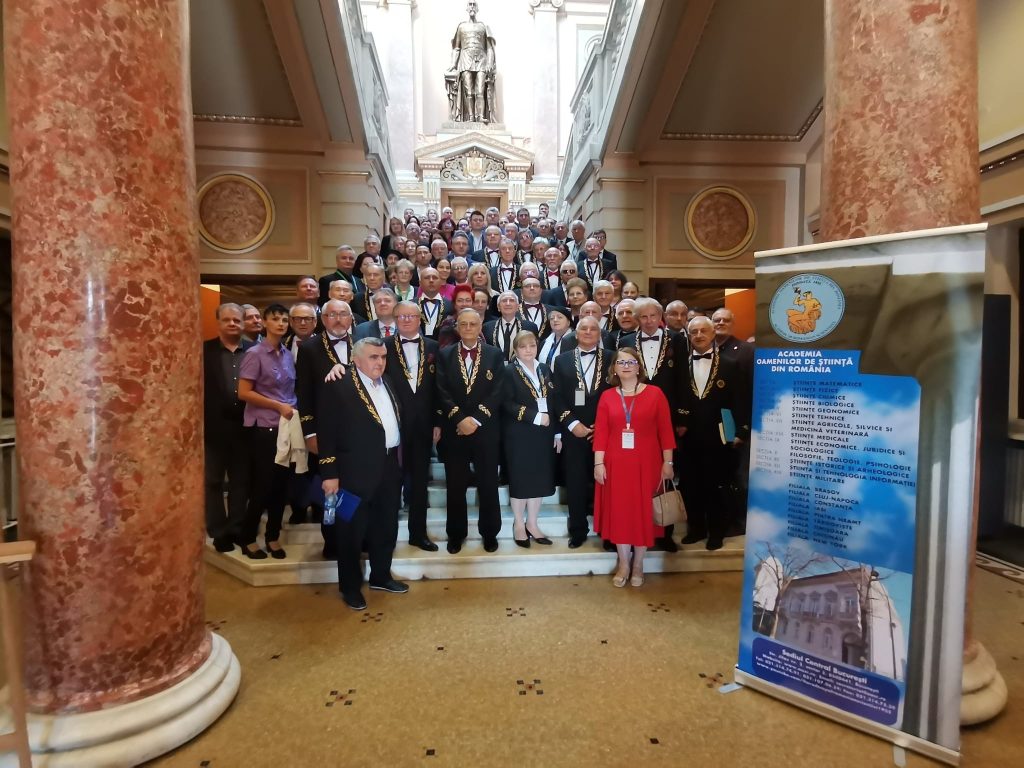
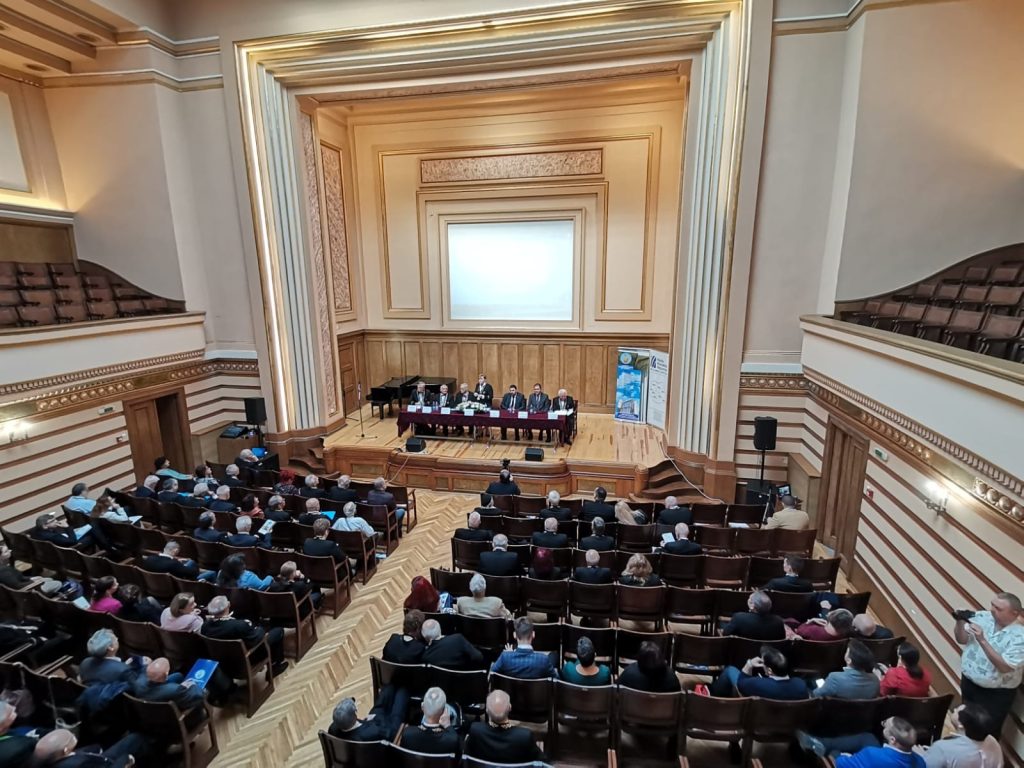
The 36th edition of the Conference was organized by AOSR, AOSR Iași Branch and “Gheorghe Asachi” Technical University of Iași and was held at the Central University Library “Mihai Eminescu” and at the UNIREA Complex.
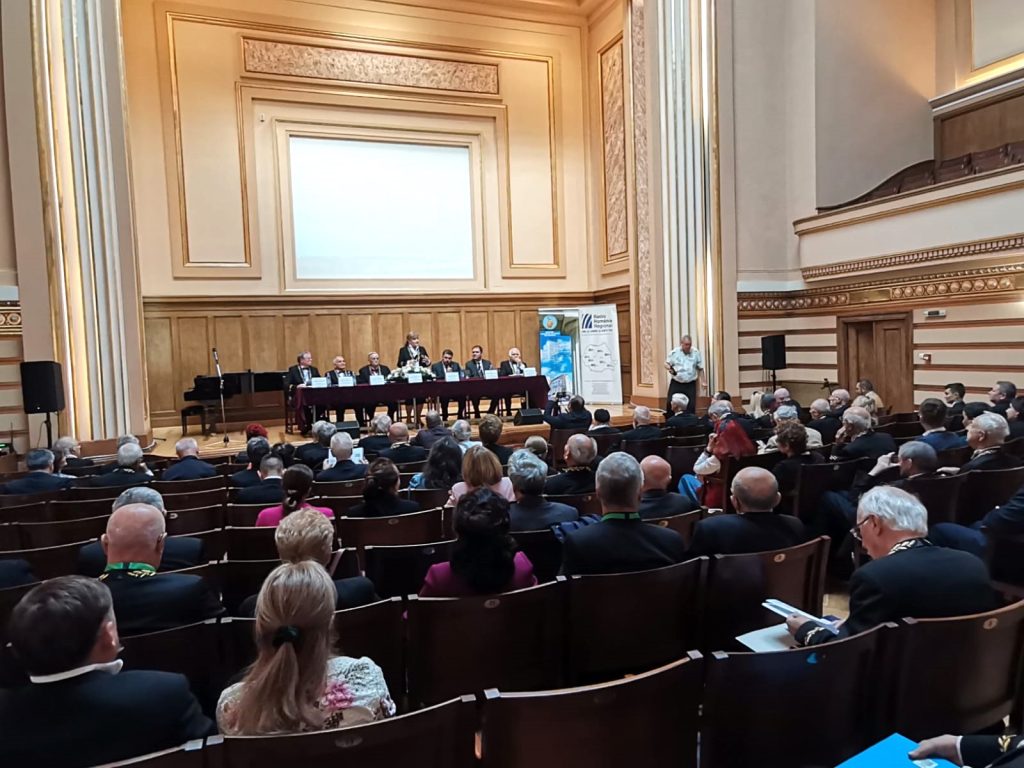
The Conference was attended by 140 authors of papers, professors and researchers from Romania and abroad, doctoral students and young researchers coordinated by leading university professors of the 13 sections of the Romanian Academy of Scientists. Over 180 papers dedicated to the conference’s specific theme were registered.
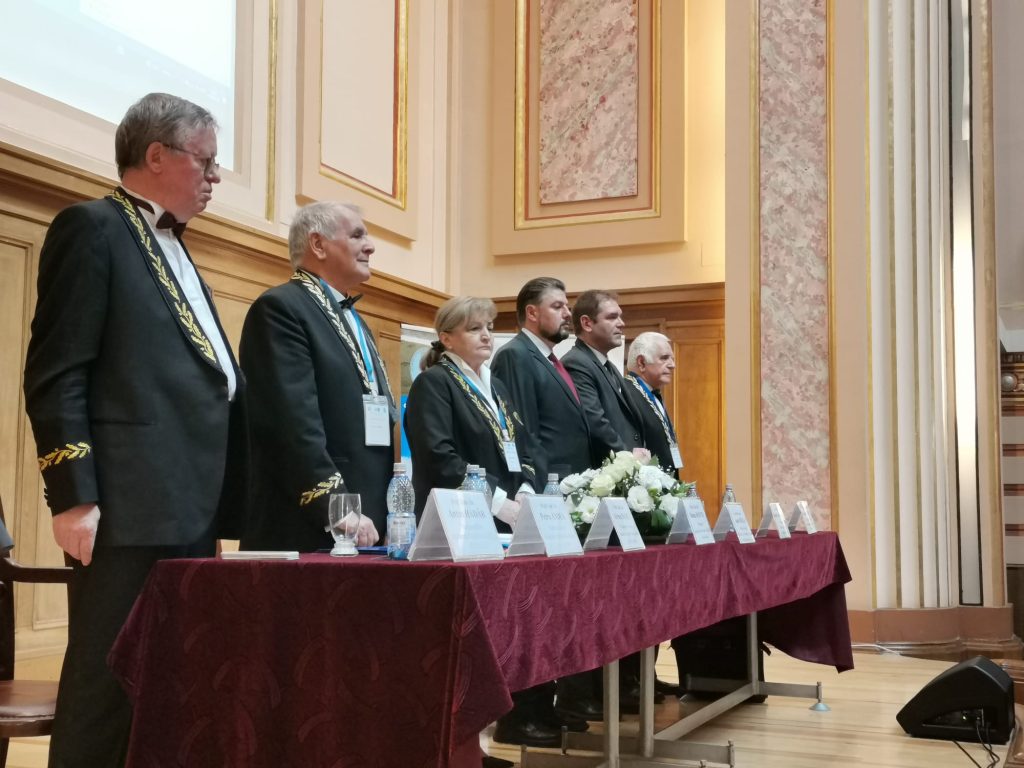
The conference is part of the National Program “Romania of Knowledge”, launched by AOSR in May this year, which is a conceptual and pragmatic manifesto to report on the rapid developments and complex transformations in the Age of Knowledge, Information and Communication Technology and Artificial Intelligence, which marks the 5th Industrial Revolution.
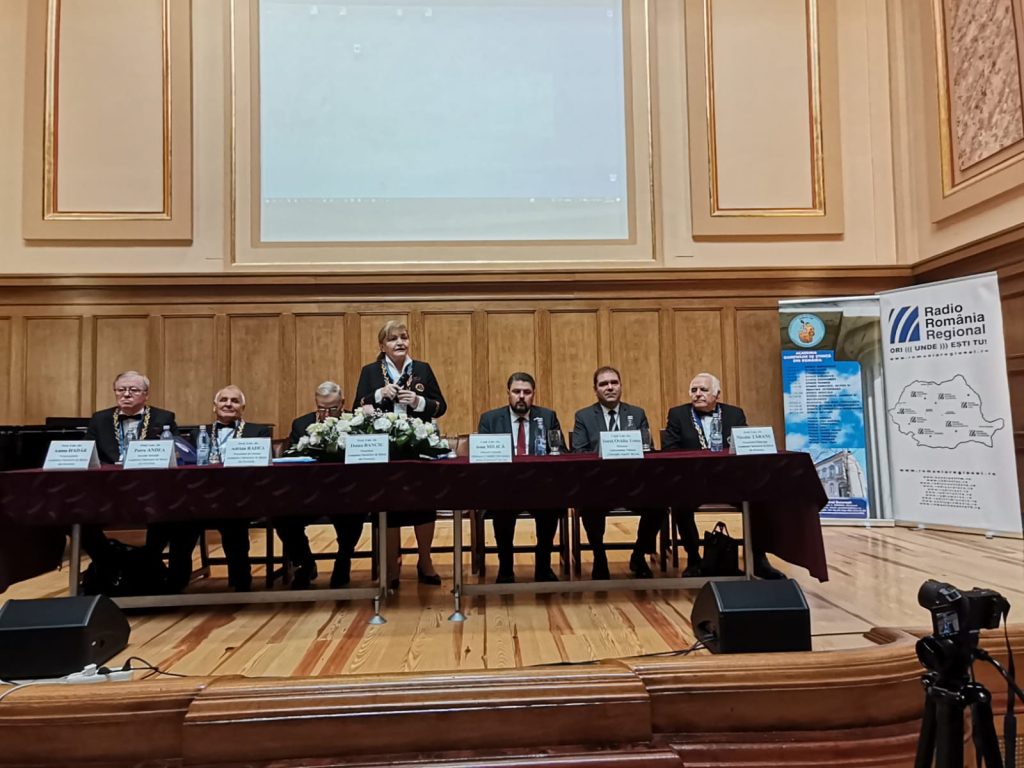
The plenary session of the Conference “The Role of Artificial Intelligence in Romania’s Sustainable Development” was moderated by Prof. Univ. dr. eng. Doina BANCIU, President of the AOSR, who described Artificial Intelligence as a revolutionary tool which can fundamentally transform society as a whole, but which can also bring as yet unidentified risks. It requires rigorous regulation and ethics to maximize the benefits and minimize the threats, with the role of research being essential in building these complex processes for the next decade.
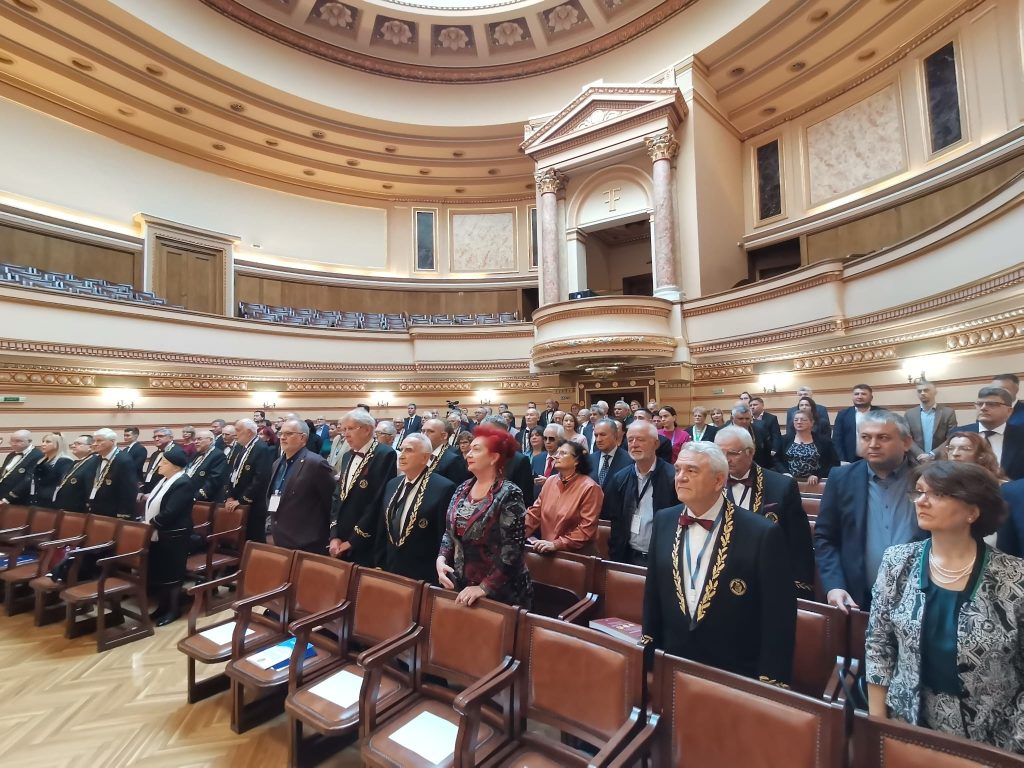
The following personalities delivered academic papers in the Plenary of the Conference:
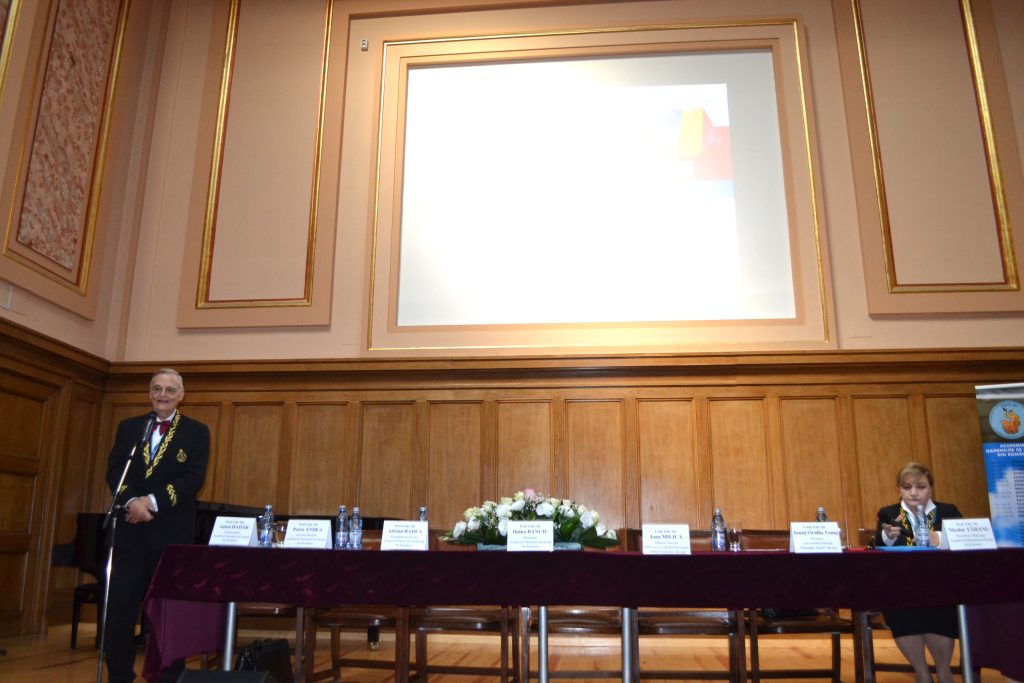
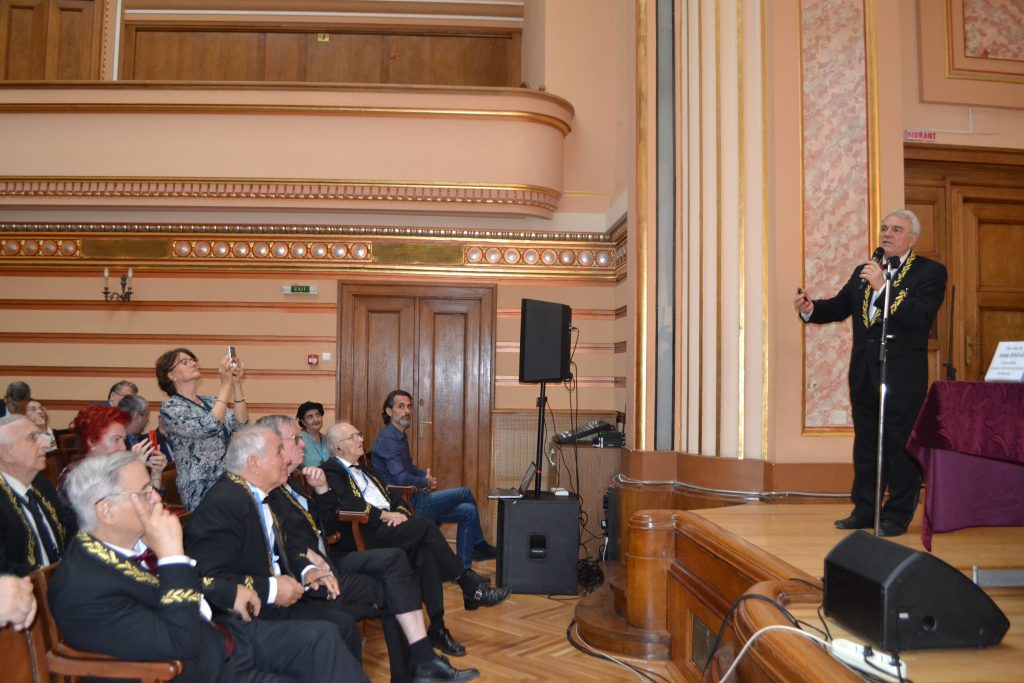
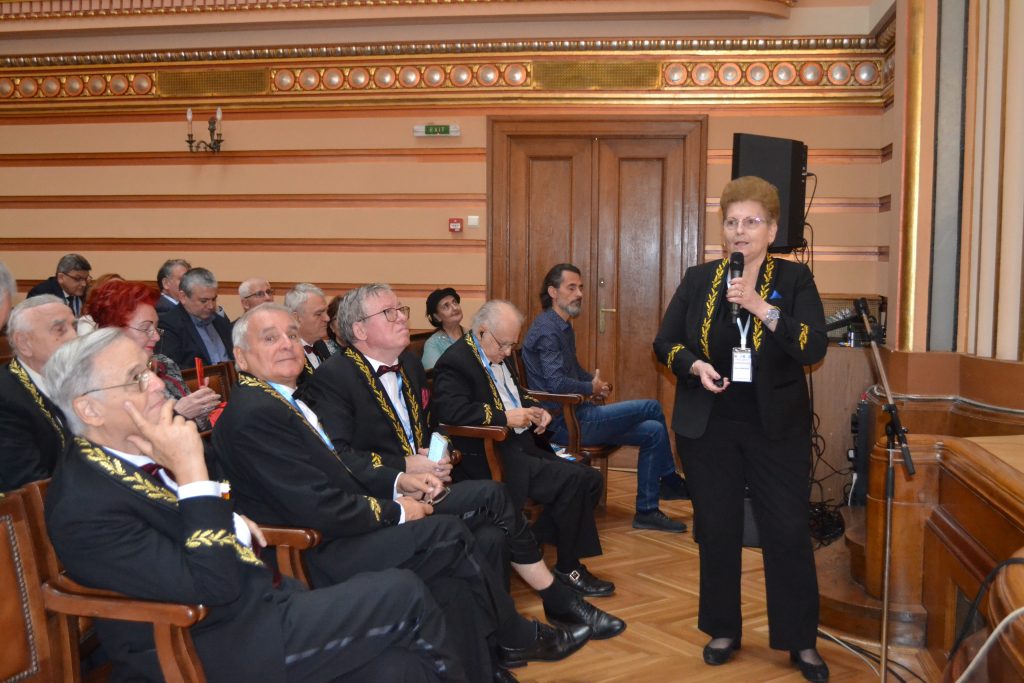
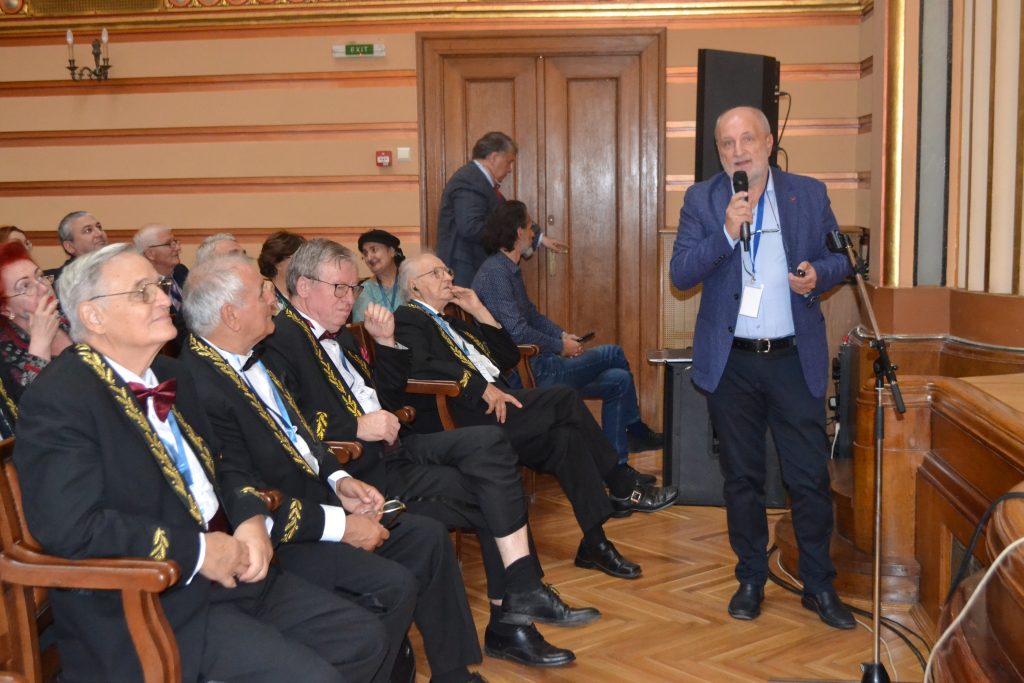
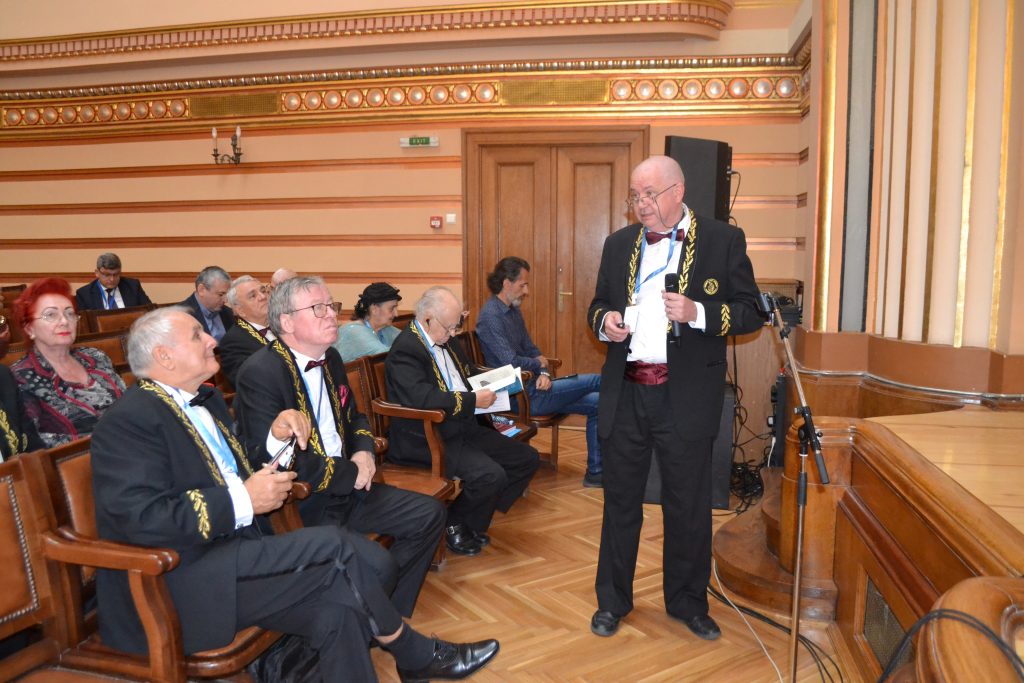
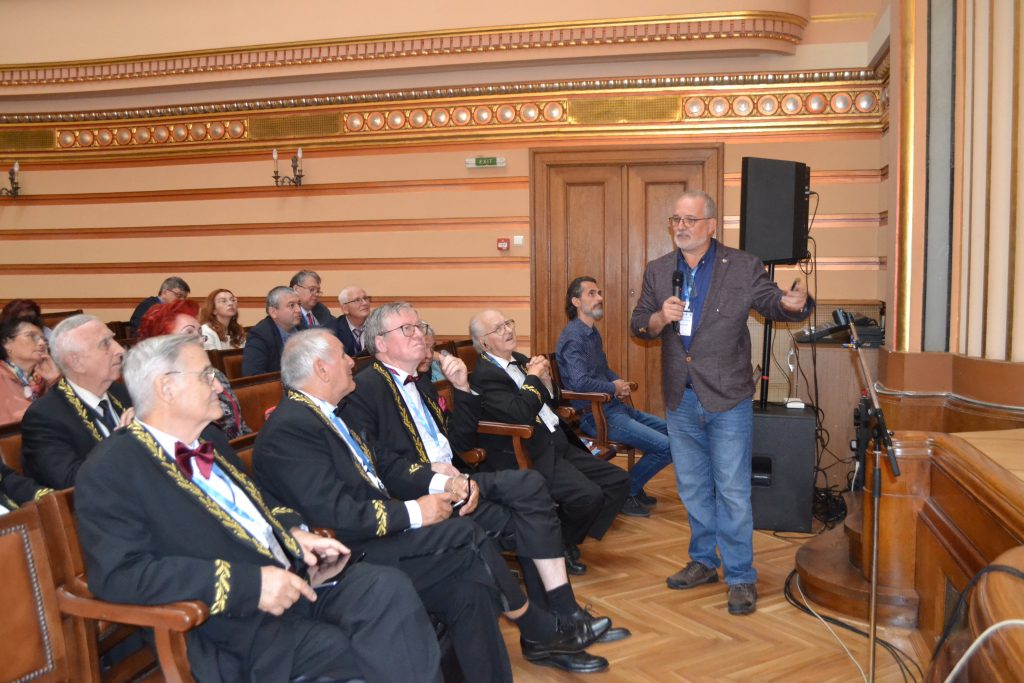
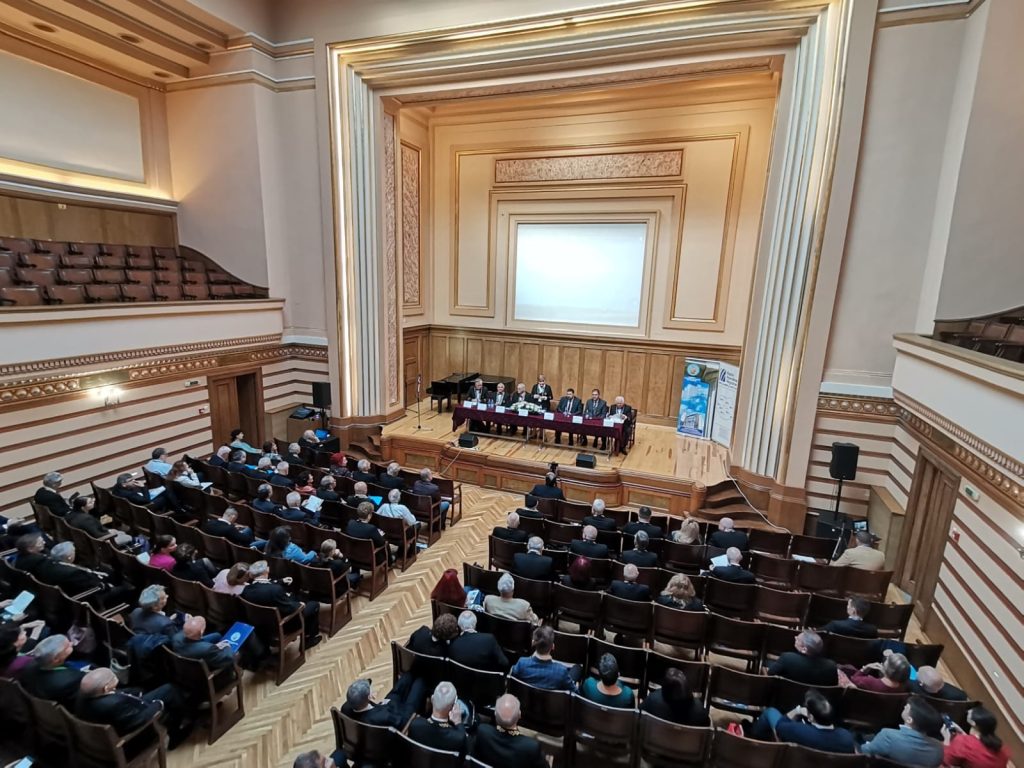
– Prof. univ. dr. eng. Adrian-Alexandru BADEA, Honorary President of AOSR – Presentation of the National Program – “Romania of Knowledge”;
– Prof. Dr. Viorel JINGA, Vice President of AOSR, Rector of the University of Medicine and Pharmacy “Carol Davila” Bucharest – Presentation George Emil Palade – A life devoted to science: pioneering cell biology and the buds of artificial intelligence. 50 years since the Nobel Prize;
– Academician Horia-Nicolai L. TEODORESCU, Romanian Academy – Presentation Artificial Intelligence – current status, trends. An outline overview;
– Prof. univ. dr. eng. Prof. Constantin BRĂTIANU, President of the Section of Economic, Legal and Sociological Sciences of AOSR – Presentation The impact of generative artificial intelligence on scientific research;
– Prof. univ. dr. eng. Prof. Dr. Maria GAVRILESCU, Full Member of AOSR – Presentation Challenges of artificial intelligence for climate change management;
– Victor VELTER, Head of Scientometrics Office, UEFISCDI – Presentation AOSR Publications indexed in the web of science in the framework of the Sustainable Development Goals;
– Prof. dr. Walther BILD, Faculty of Medicine, UMF “Grigore Popa” Iasi – Presentation Modern research aspects of the relevance of Artificial Intelligence in the biomedical field;
– Dr. Ciprian ILIESCU, Research Center “eBio-hub” – National University of Science and Technology Politehnica Bucharest – Presentation Bioengineering: from microfluidics to artificial intelligence.
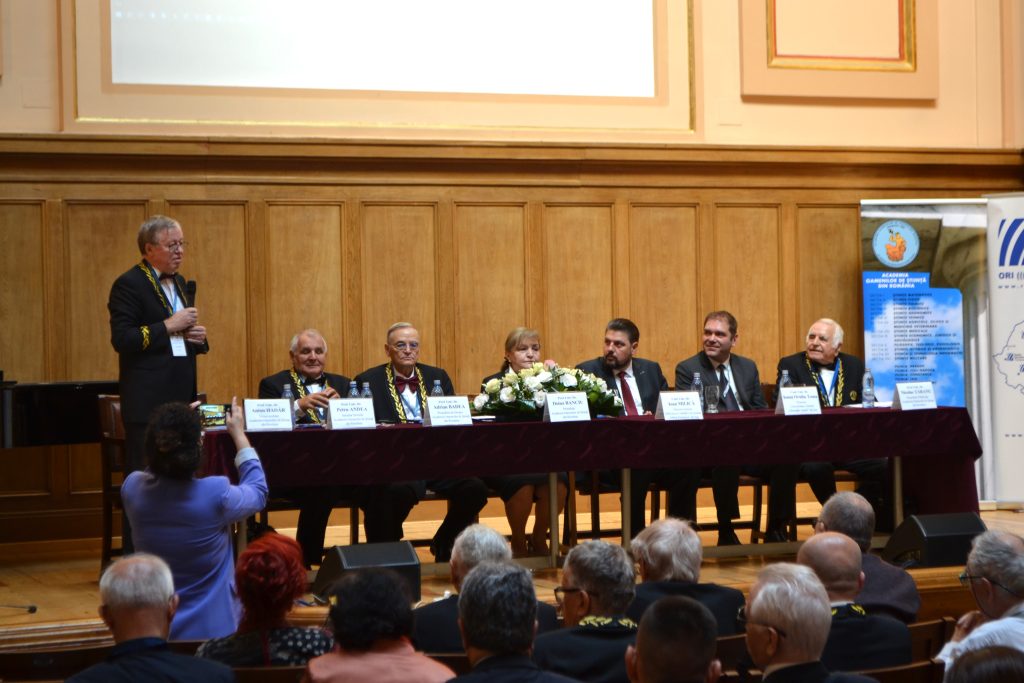
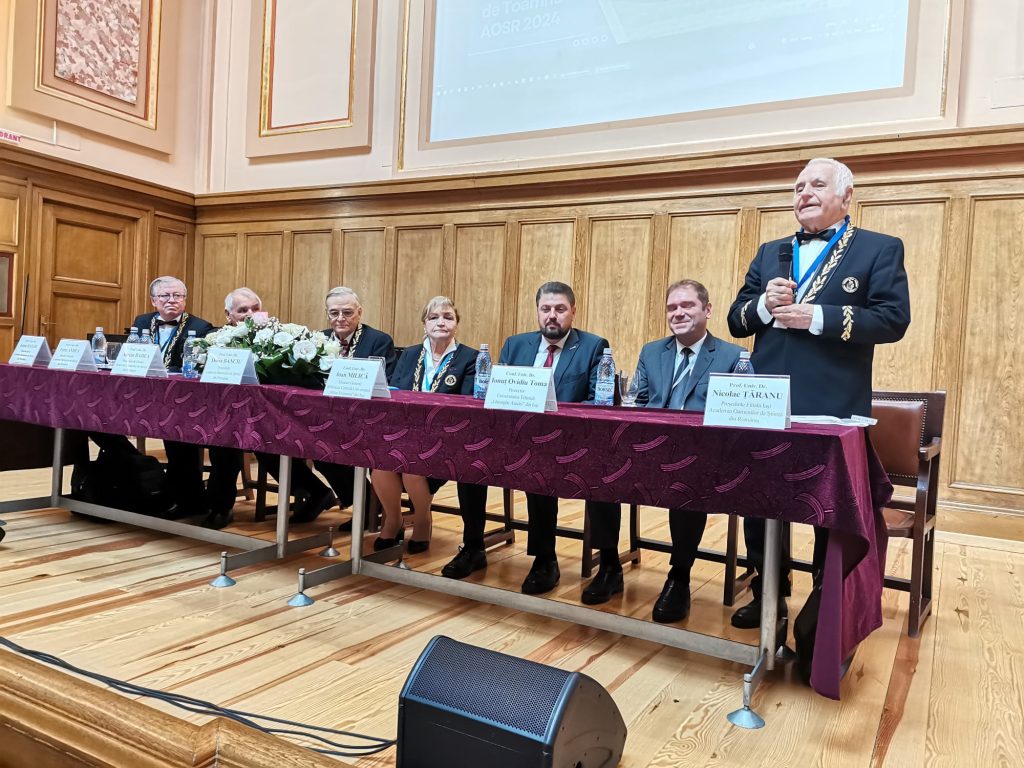
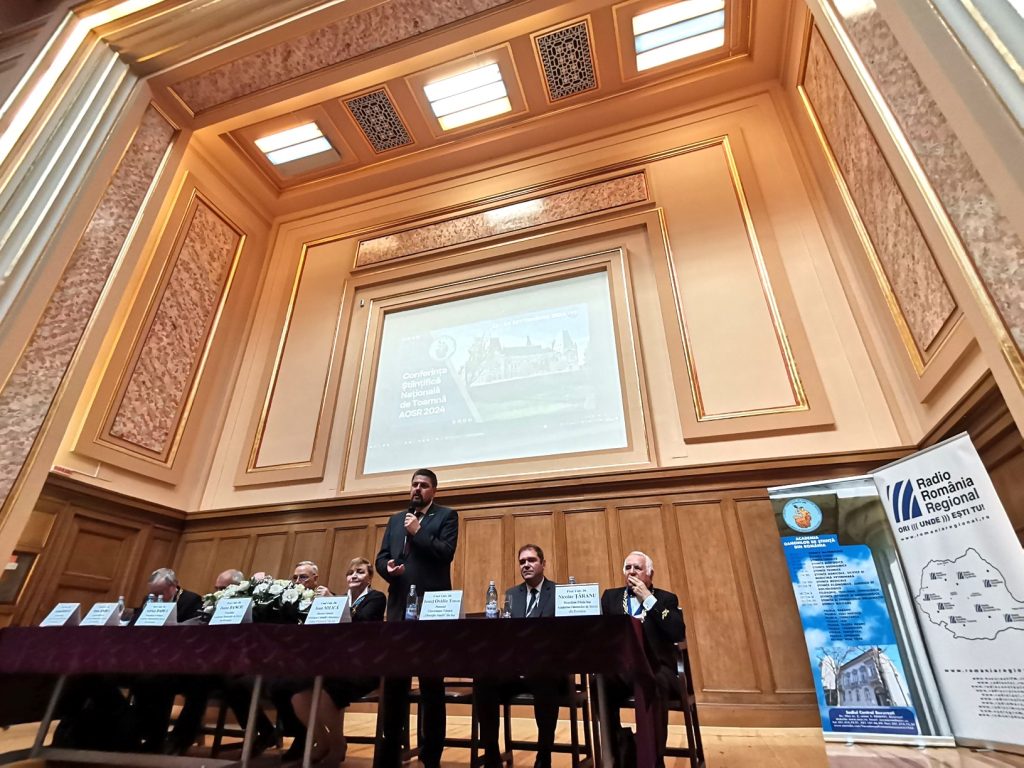
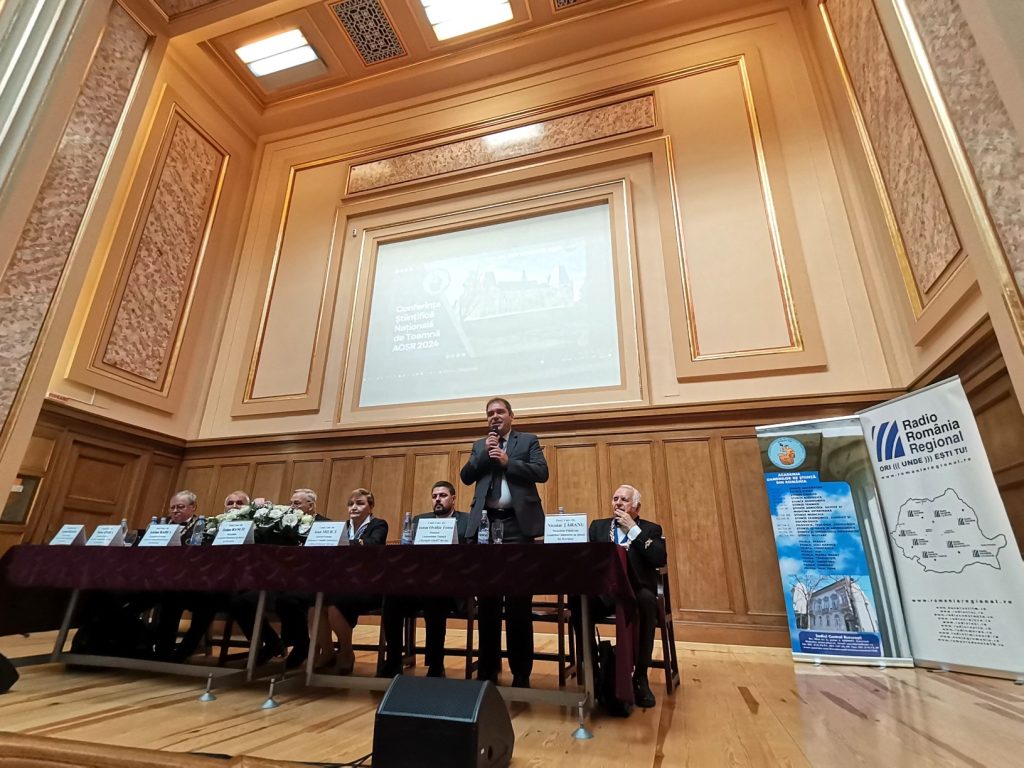
The Plenary Plenary of the Conference was also chaired by: Prof. Prof. Nicolae Țăranu, President of AOSR Iași Branch; Conf. Dr. Ionuț Ovidiu Toma, Vice Rector of the Technical University Gheorghe Asachi; Conf. Ioan Milică, Director General BCU Mihai Eminescu Iași; Prof. univ. dr. eng. Anton Hadăr, Vice-President of AOSR and Prof. univ. dr. eng. Petru Andea, Scientific Secretary of AOSR, who highlighted various concrete aspects of the influence of artificial intelligence in vital areas in Romania, as well as the involvement of AOSR in future stages of research in this field.
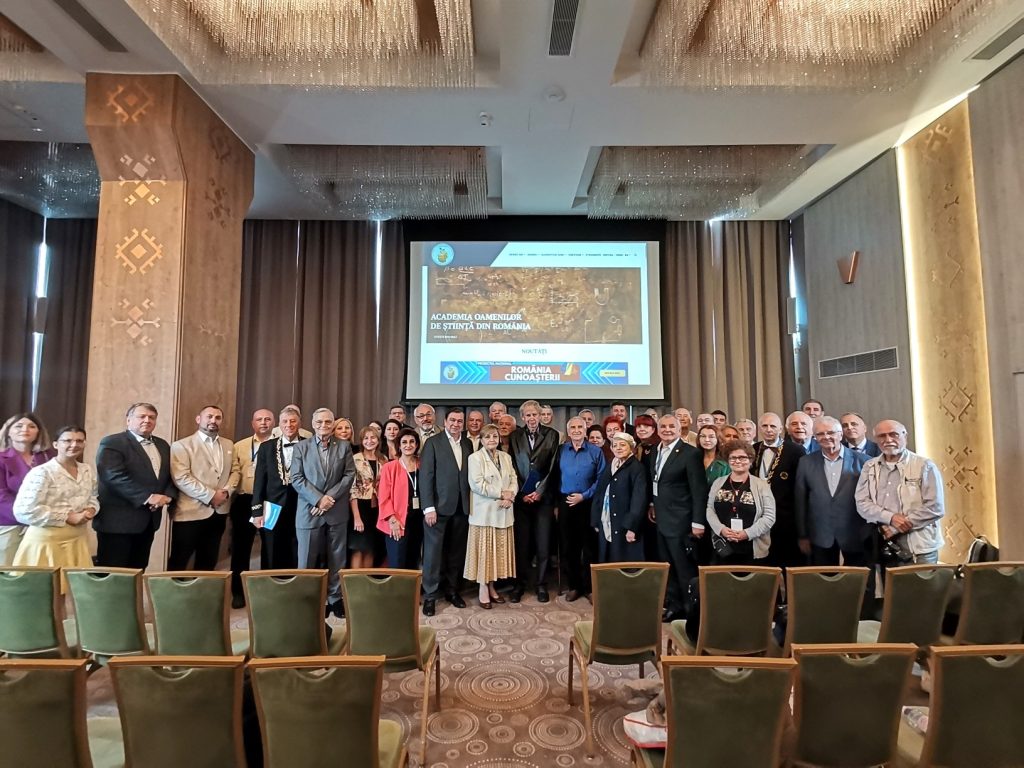
The two days of the National Fall Conference in Iași led to 10 strategic directions for the development of AI in academic research in Romania, areas that will be reflected in the future strategies of the AOSR:
- Education and training of AI specialists,
- Integrating AI in healthcare,
- AI for sustainability and the environment,
- Robotics and automation,
- Cyber security based on AI,
- IA in public administration and e-government,
- Natural Language Processing (NLP) in Romanian,
- AI and ethics,
- AI in education and teaching,
- International collaboration and partnerships.
These strategic directions reflect the specific opportunities and challenges of the Romanian academic environment, and their success depends on collaboration, cooperation and an appropriate legislative framework.
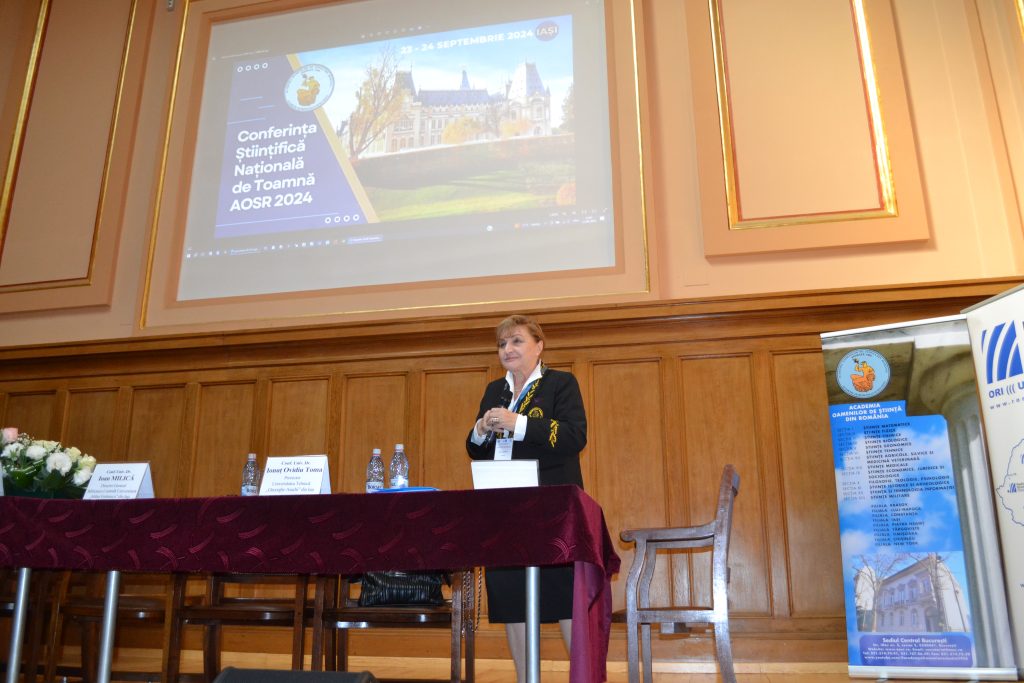
During the Conference, Prof. dr. dr. eng. Doina BANCIU, President of the Academy of Romanian Scientists, said: “We are in an era of fundamental transformations and evolutions in the existence of society and humanity: the era of Information and Communication Technology and Artificial Intelligence. With Artificial Intelligence, humanity is going through the 5th Industrial Revolution, still in its infancy. We see the new technologies as a conquest of the human genius, bringing with it progress and evolution at all levels of our existence. It is up to us how we will use them, how we will involve them in the processes of development in fundamental areas. The Romanian Academy of Scientists promotes, through its specific activities, the complex involvement of new technologies in education, science, research and knowledge. The Romania of Knowledge Project, a true Country Project, launched by the AOSR, with prestigious partners, is dedicated to the sustainable development of Romania through academic education and scientific research under the sign of excellence and performance. In this process, Digital Technology and Artificial Intelligence, coordinated by Human Intelligence, play a fundamental role. AOSR thus continues – on the eve of its 90th anniversary in 2025 – its mission as an academic institution of promoting science, research and knowledge, intelligence, creativity and innovative spirit as tools for development and evolution.”
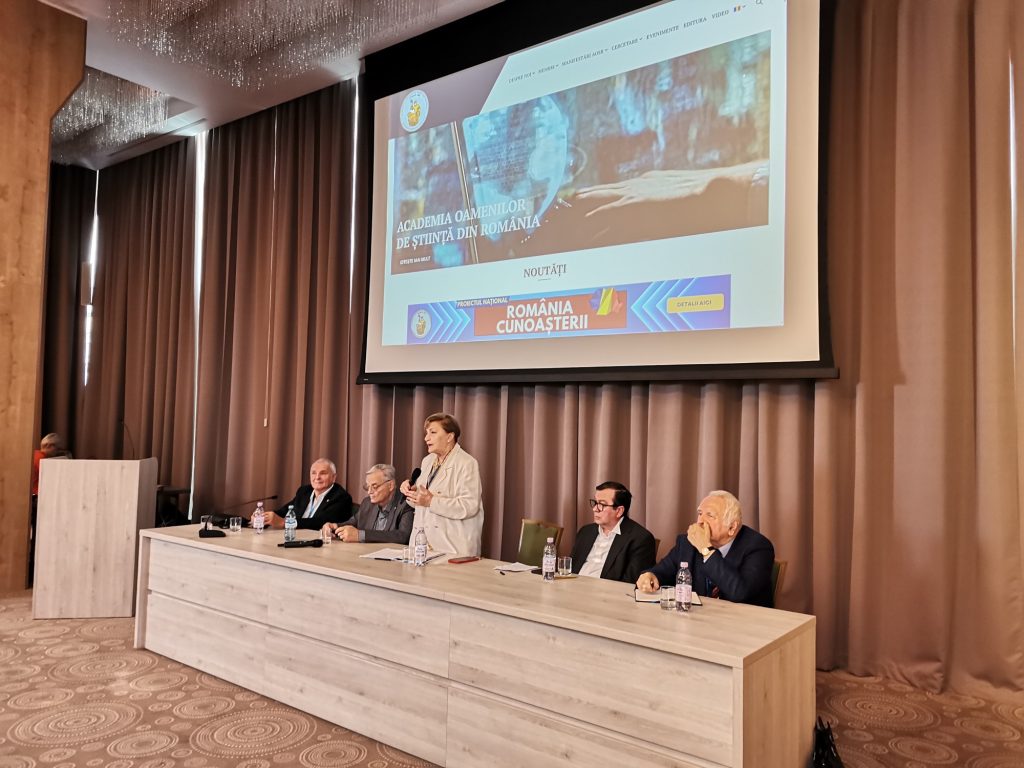
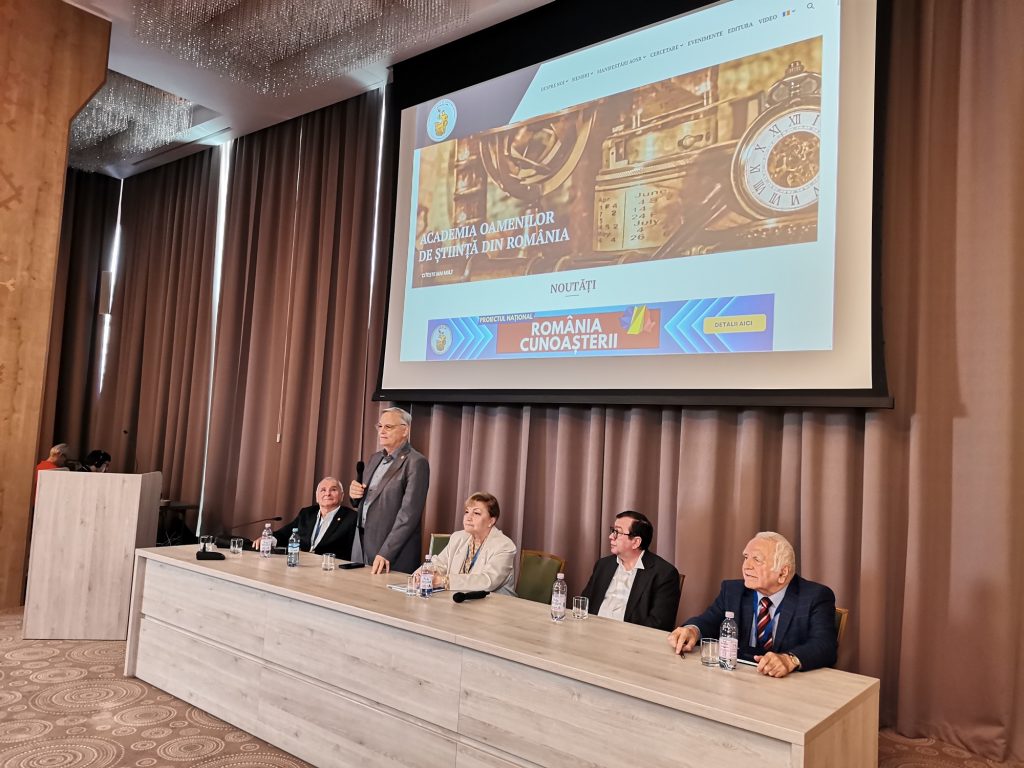
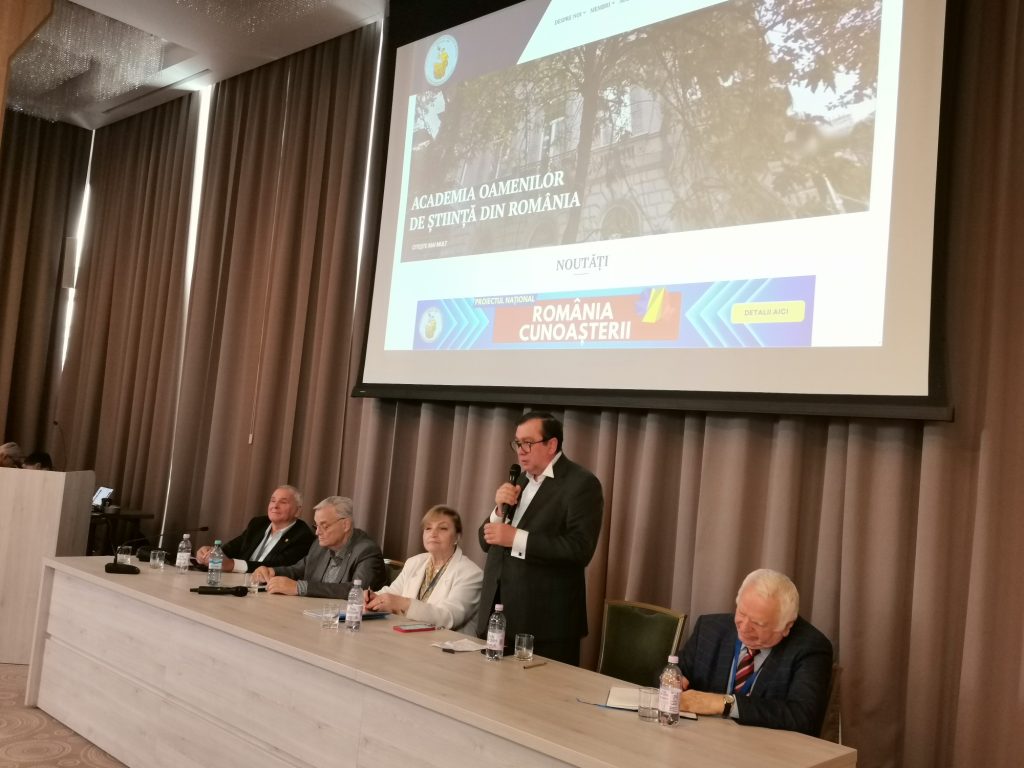
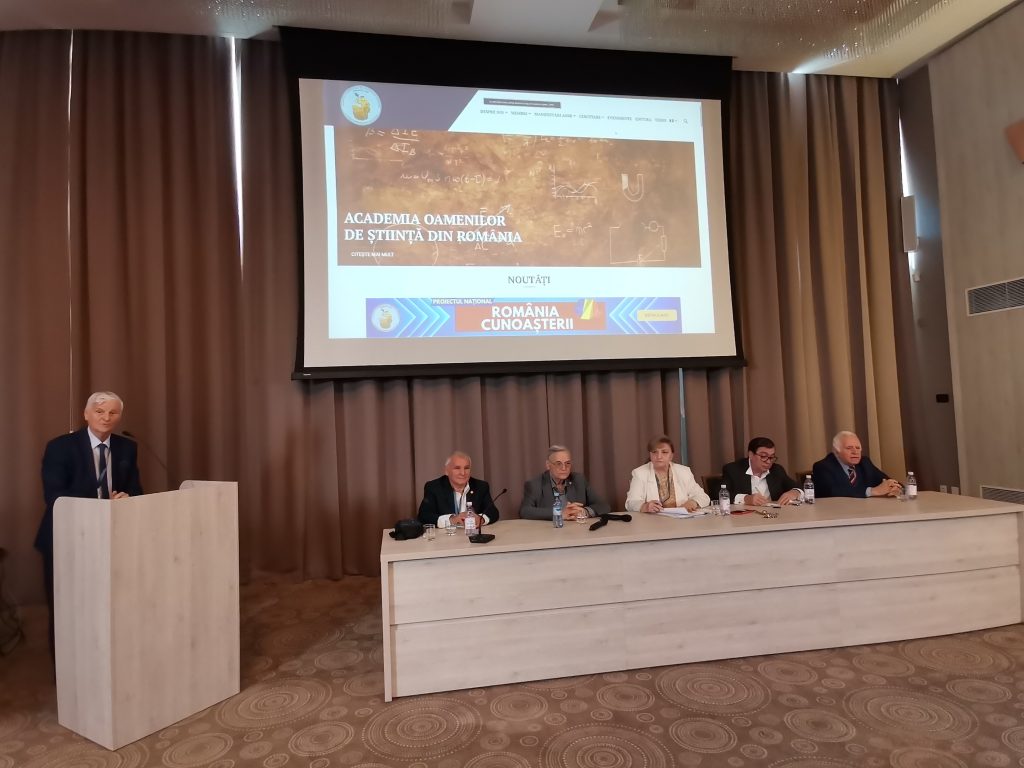
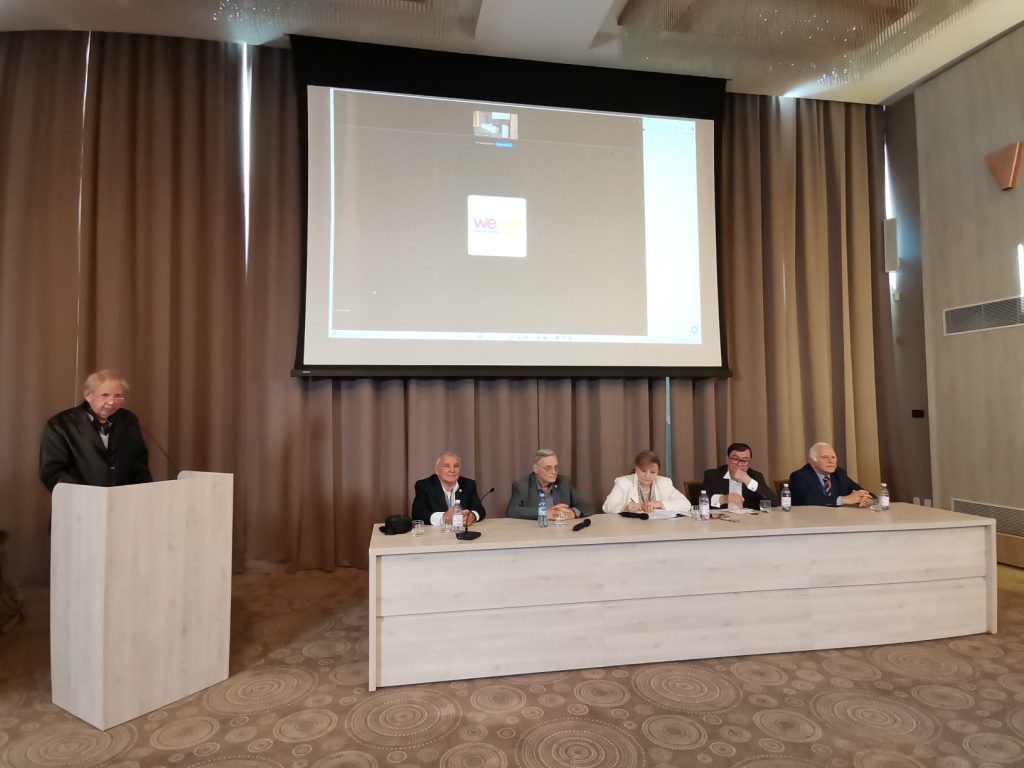
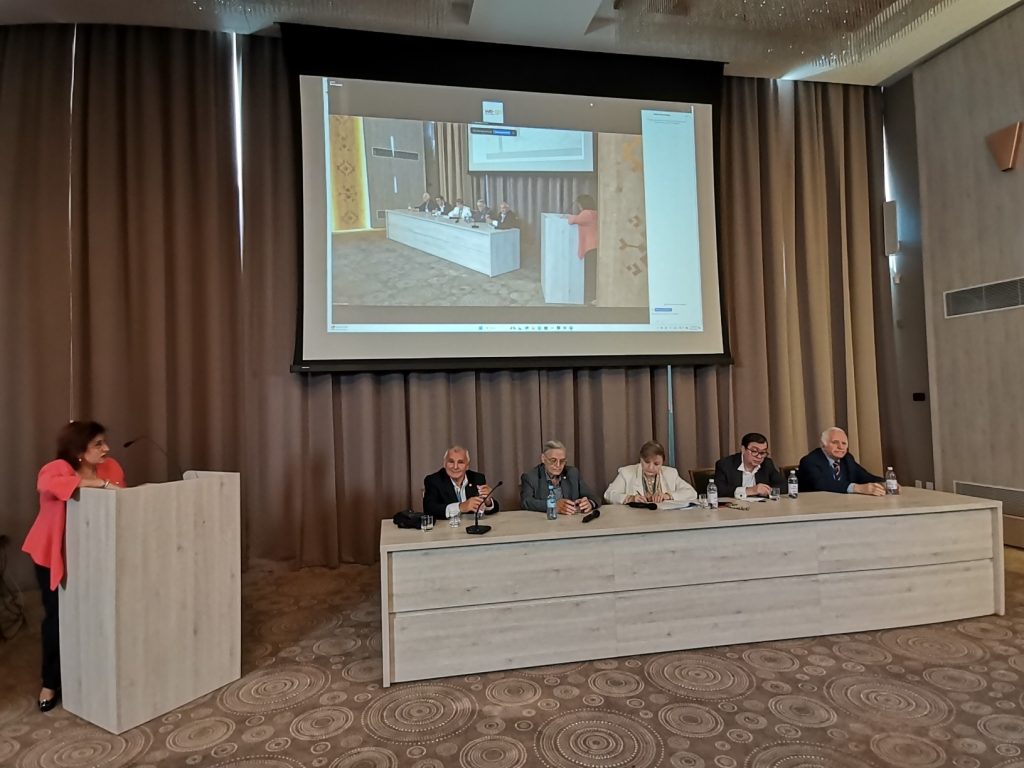
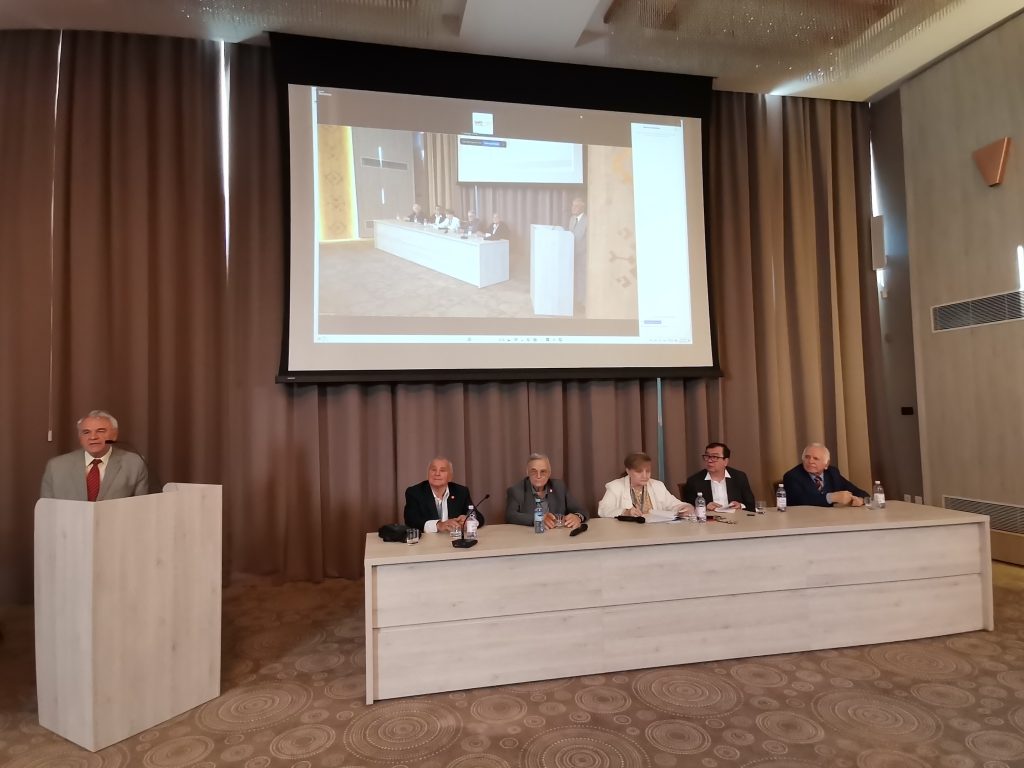
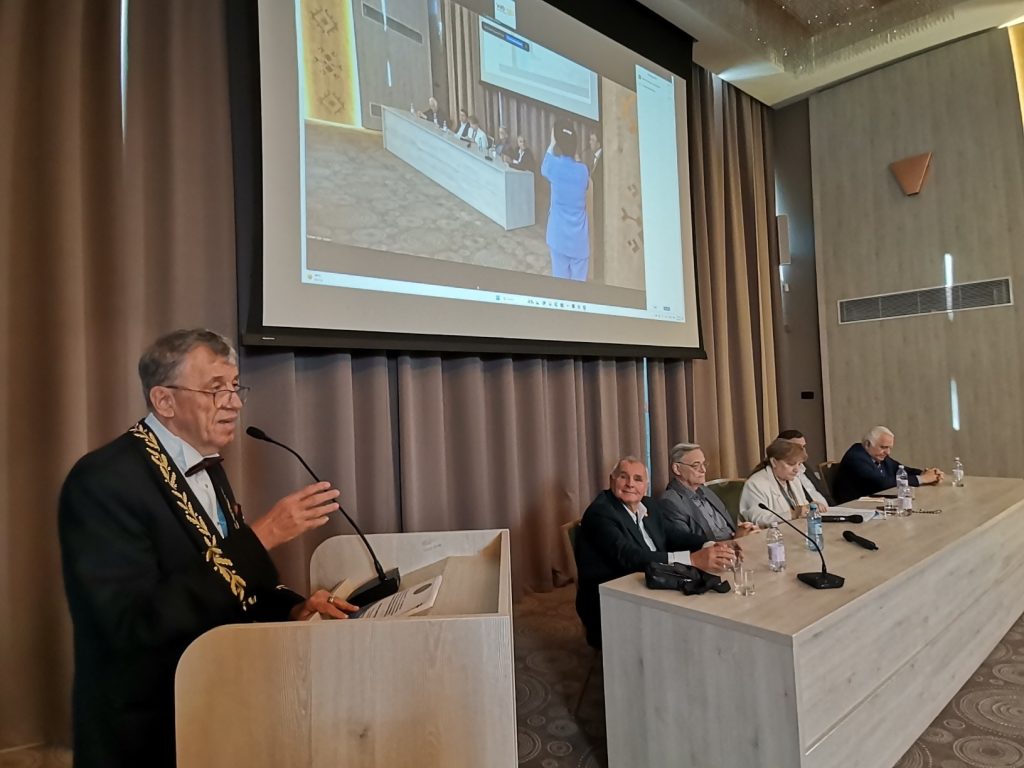
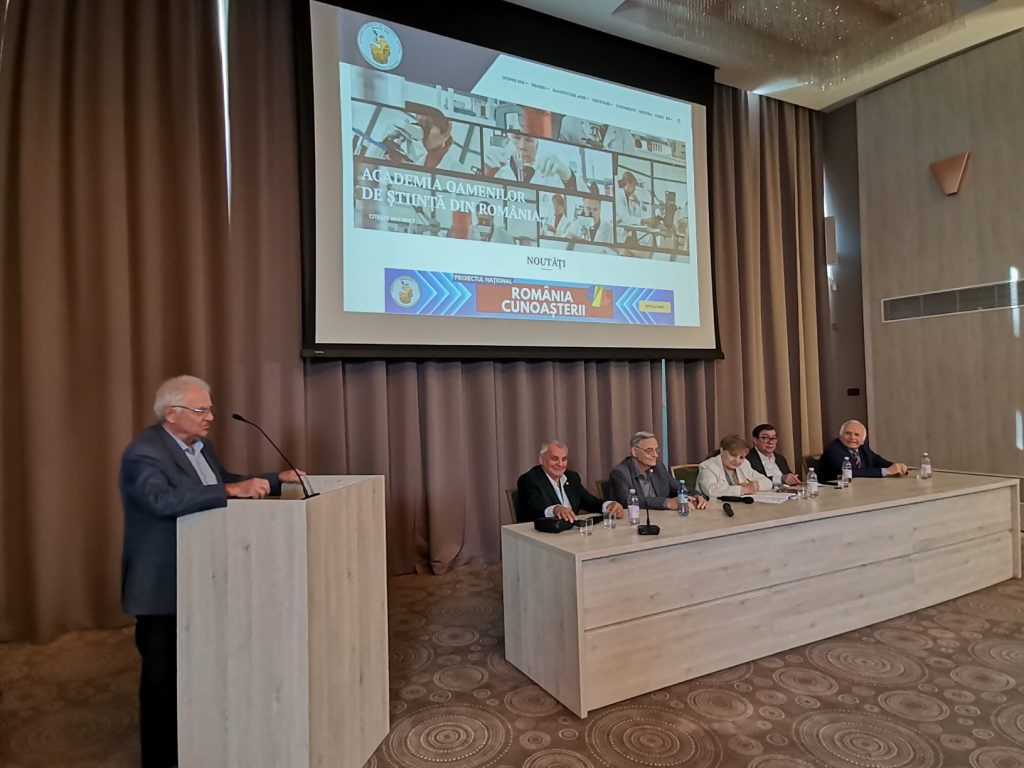
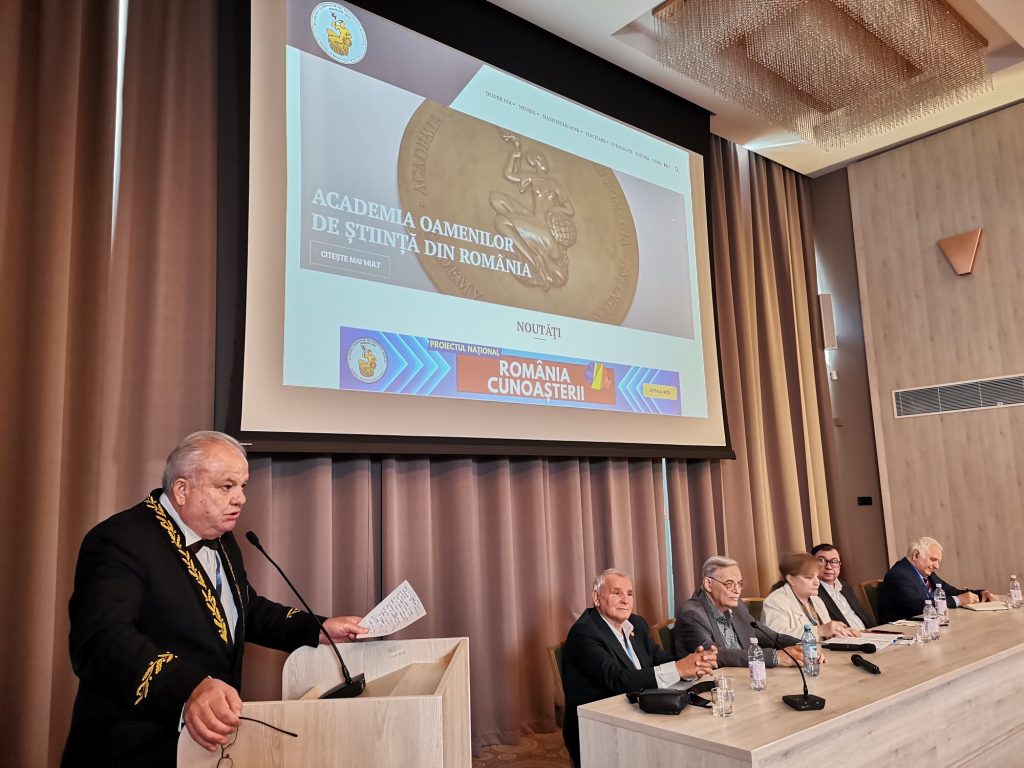
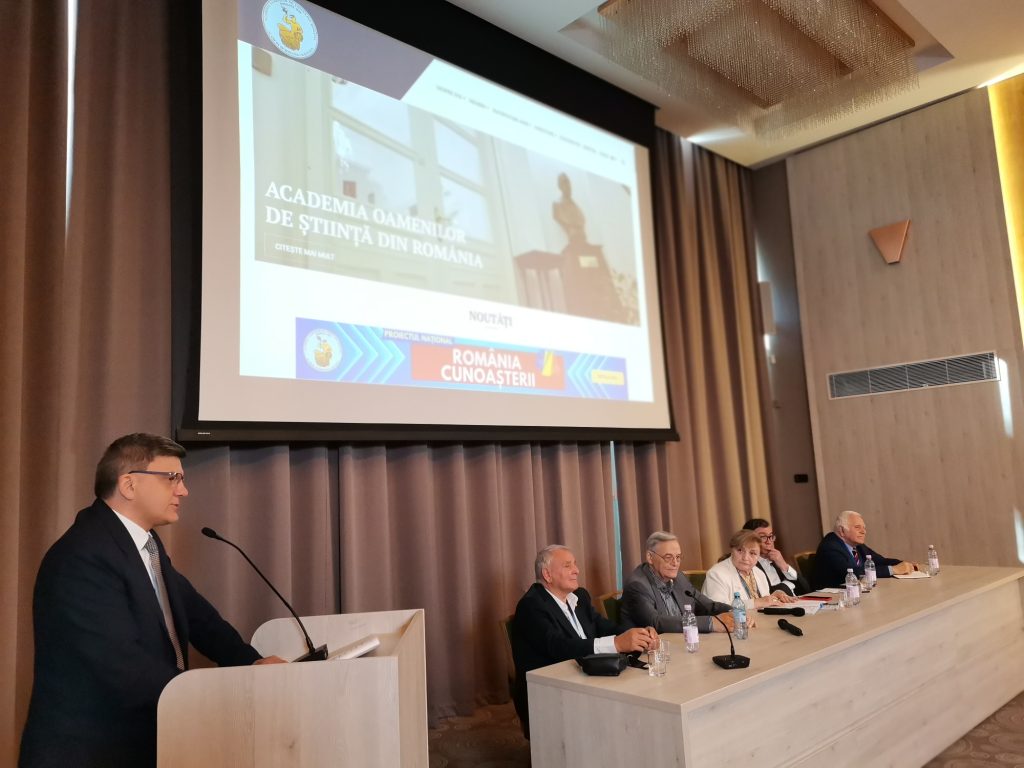
Communication and Public Relations Office of the Romanian Academy of Scientists
26.09.2024



